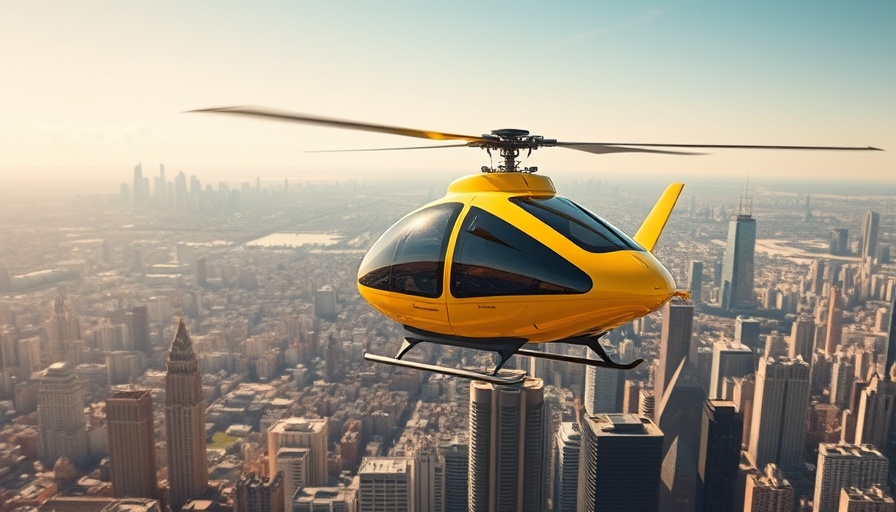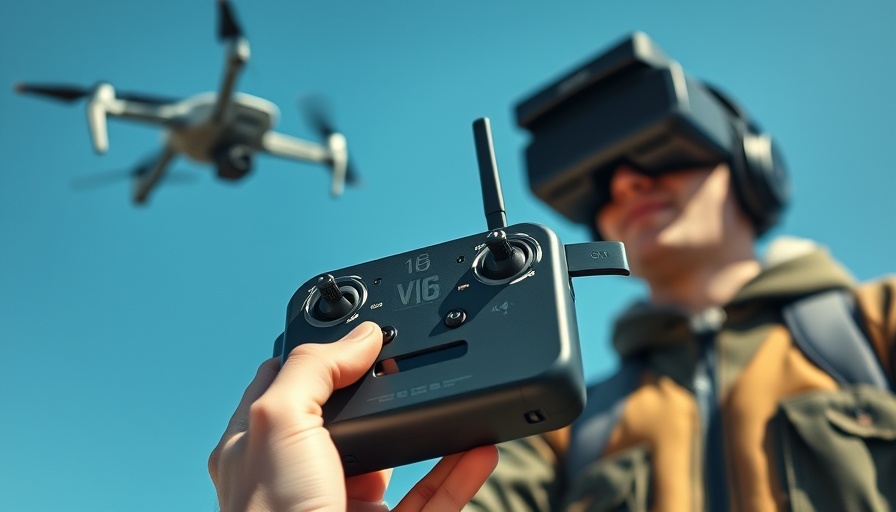
The Future of Drone Technology Takes Flight
On August 23, Naval Air Station Whidbey Island (NASWI) in Washington played host to an exciting demonstration of cutting-edge drone technology with the MQ-9B SeaGuardian.
This unmanned aircraft system (UAS), presented by General Atomics Aeronautical Systems, Inc. (GA-ASI), is designed for multiple missions and showcases remarkable capabilities, notably its Anti-Submarine Warfare (ASW) configuration. Unlike traditional manned aircraft, the SeaGuardian can be operated entirely remotely, reflecting a key shift towards unmanned systems in military operations.
A Glimpse Into Advanced UAS Capabilities
The MQ-9B SeaGuardian is not just another drone; it's a highly sophisticated platform capable of performing a variety of missions without the need for direct human presence. During its earlier deployments, it has already operated as part of Navy exercises including Integrated Battle Problem 2023 and Northern Edge, but this was the first time the public got a hands-on look at such a versatile drone that is set to revolutionize naval aviation.
The aircraft’s ability to be remotely controlled over vast distances, including areas like Hawaiian and Southern California airspace, underscores a significant leap in technology. It operates via satellite, allowing it to be controlled from anywhere in the world. This attribute could notably enhance strategic operations, decreasing risks for military personnel while maximizing efficiency.
Innovation Meets Practicality
Entering the national airspace without the stringent regulations usually applied to drones demonstrates the future of UAS safely integrating into everyday aviation. GA-ASI's efforts to ensure that the MQ-9B can launch and land autonomously opens up avenues for operations in diverse environments, potentially improving responsiveness to situations like maritime surveillance and anti-submarine efforts.
Moreover, the aircraft’s recent showcasing included advanced features such as signals intelligence and maritime radar packages. This versatility not only reaffirms the SeaGuardian's capabilities but highlights its role in improving mission effectiveness in an increasingly complex battlefield.
Perspectives from the Field
The collaboration between NAVAL AIR Warfare Center Aircraft Division (NAWCAD) AIRWorks and GA-ASI emphasizes the importance of continuous innovation in defense technology. David R. Alexander, President of GA-ASI, expressed optimism about showcasing the SeaGuardian and emphasized the need for ongoing public engagement in explaining military advancements to the community.
Market Interest and Future Implications
With an increasing global demand for high-end maritime capabilities, the MQ-9B SeaGuardian presents itself as a cost-effective alternative to traditional manned maritime platforms. This shift reflects broader trends within the drone industry where automation and artificial intelligence are becoming pivotal.
Looking ahead, as we approach the operational evaluation slated for early 2026 in the Indo-Pacific Command’s Area of Responsibility, interest in these advanced UAS platforms is likely to grow, shaping not only military operations but also potentially influencing civilian uses of drone technology.
Conclusion: Embracing Change in Aviation
The MQ-9B SeaGuardian showcased at NAS Whidbey Island symbolizes the intersection of technology and practicality that the military constantly seeks. Understanding these advancements is crucial not only for industry professionals but also for tech enthusiasts and the general public as drone capabilities expand across various sectors. As both consumers and professionals, staying informed about developments like these means preparing for a future where drones become commonplace in both civilian and military applications.
 Add Row
Add Row  Add
Add 




Write A Comment